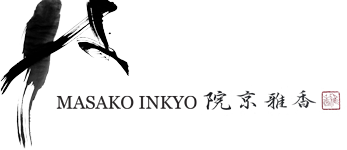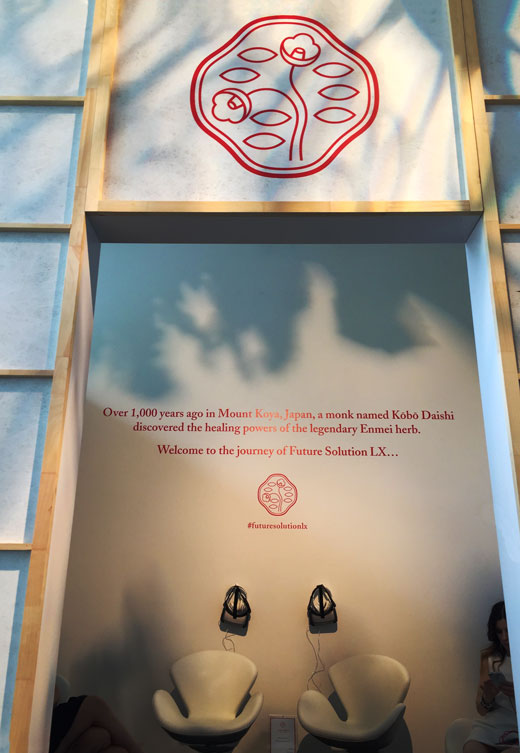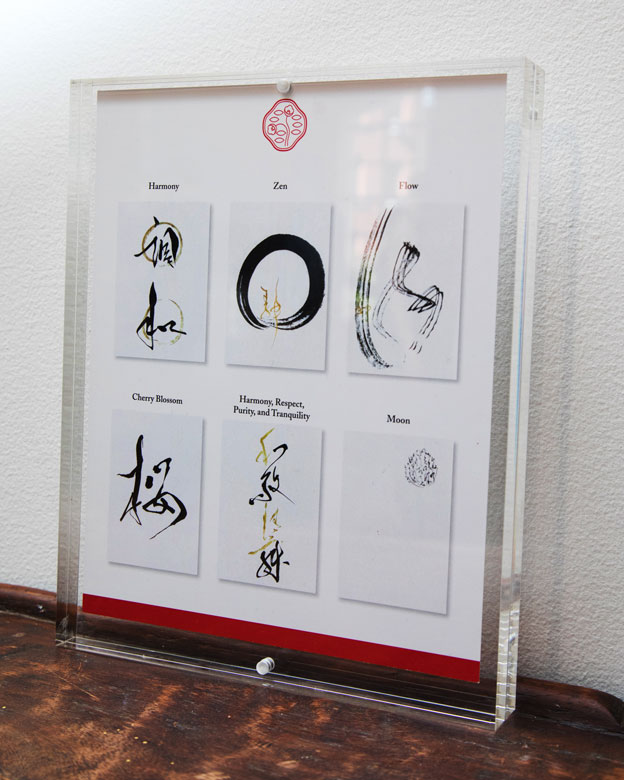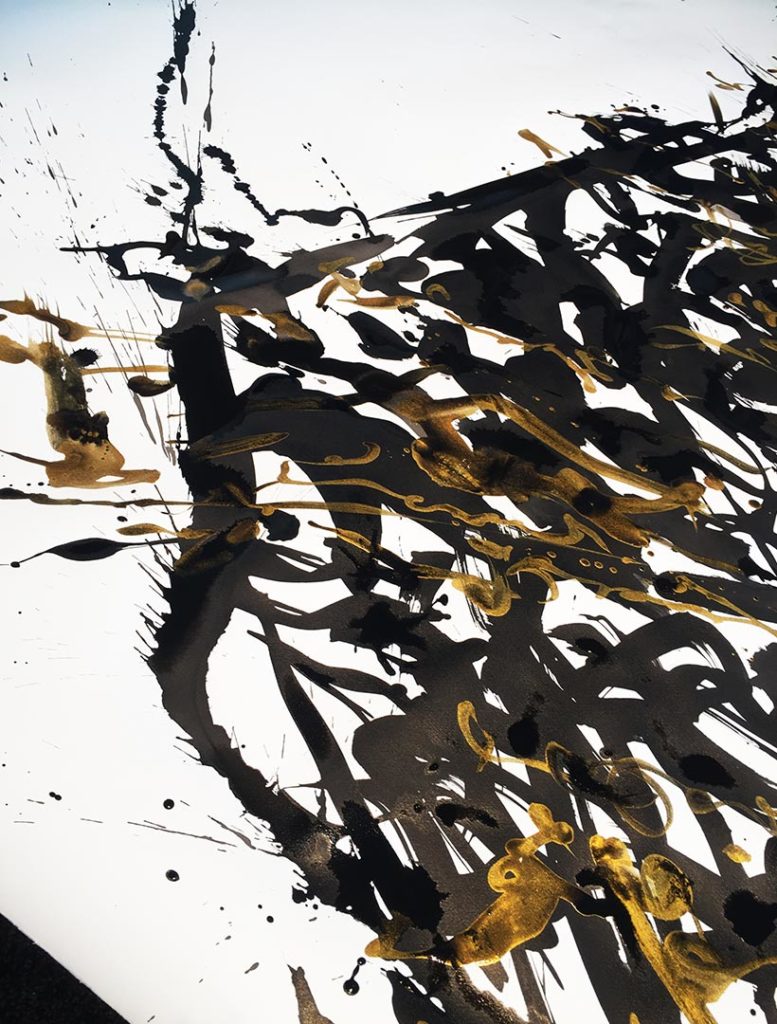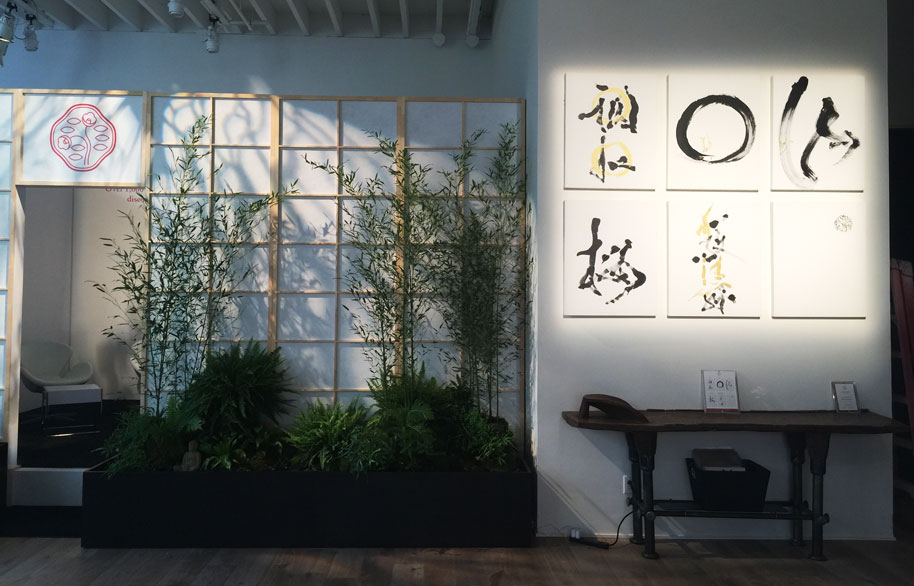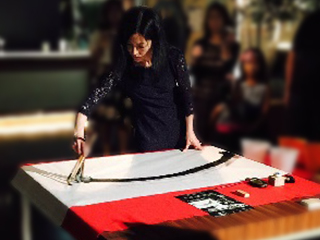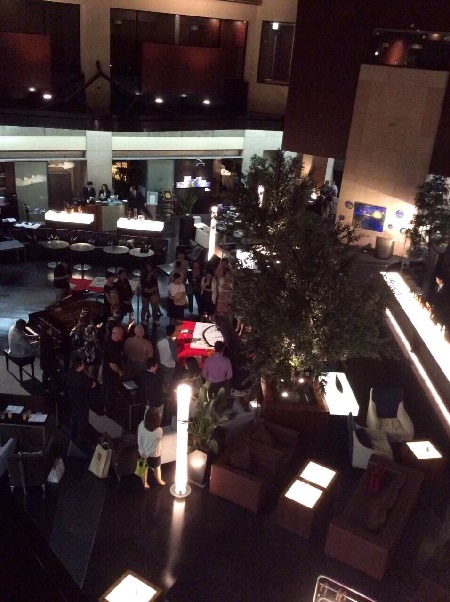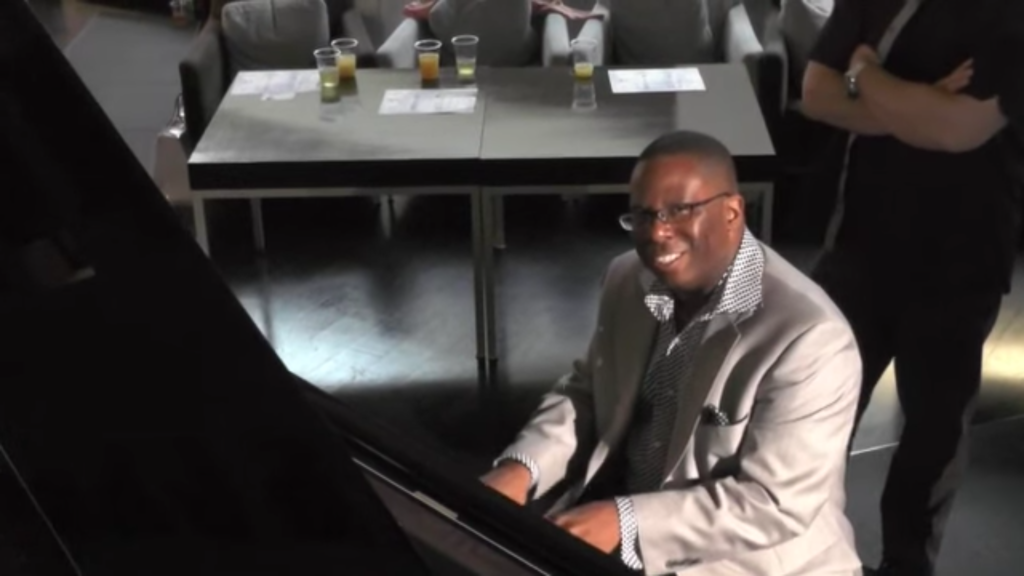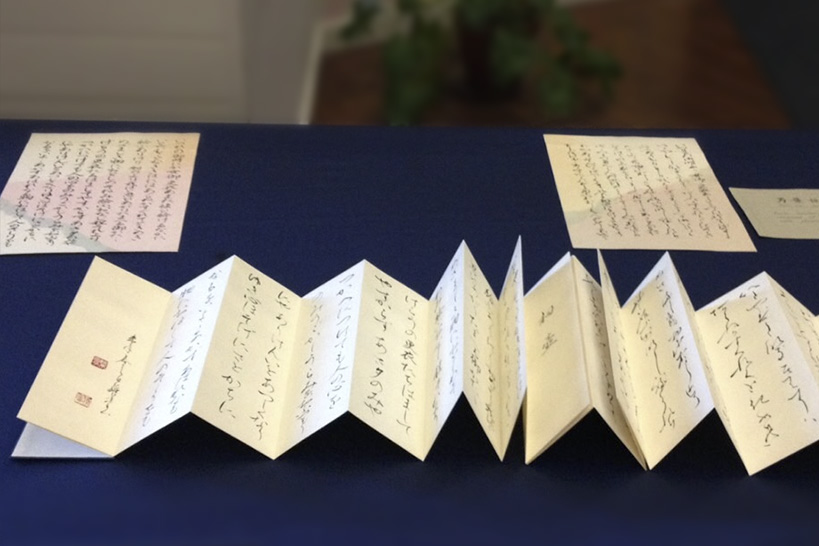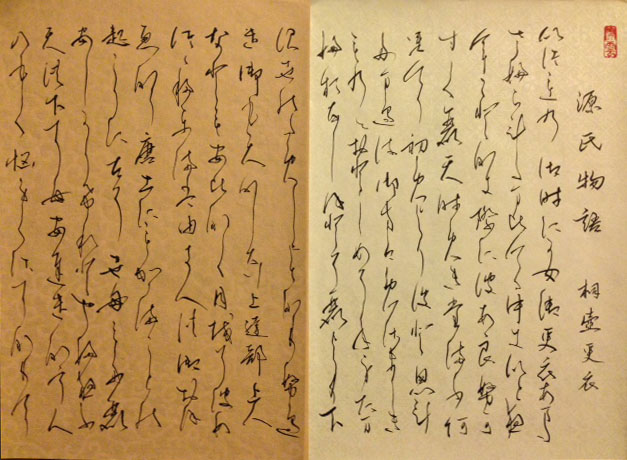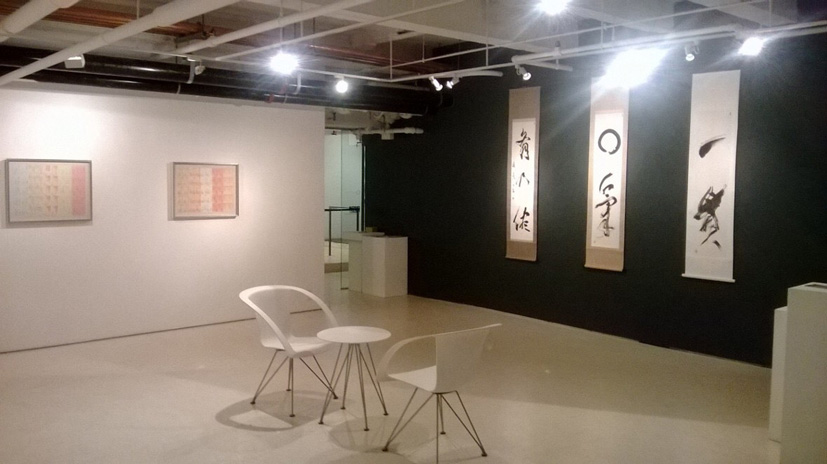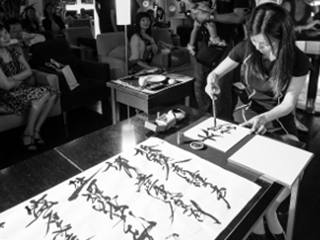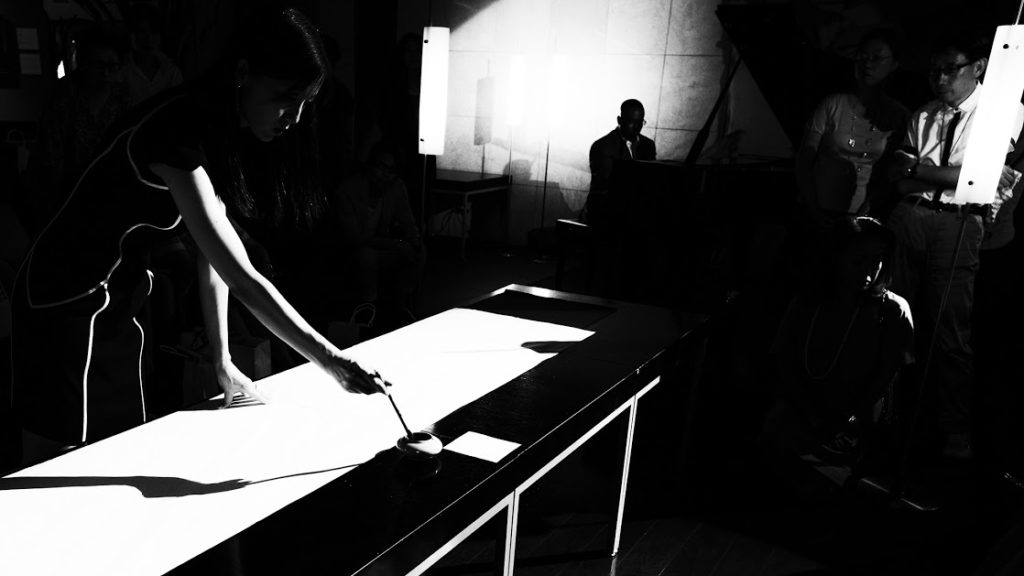
Shiseido
SHISEIDO NY
— Over 1,000 years ago at Mount Koya, Japan, a monk named Kobo Daishi discovered the healing powers of the legendary Enmei herbs that have the effect of rejuvenating the skin. I performed a large floor piece of calligraphy inspired by Mount Koya and created 6 canvas arts: “Harmony”, “Zen”, “Flow”, “Cherry Blossom”, “Harmony, Respect, Purity, Tranquility”, and “Moon” to be put on display and another 150 pieces to serve as giveaways for the guests.
